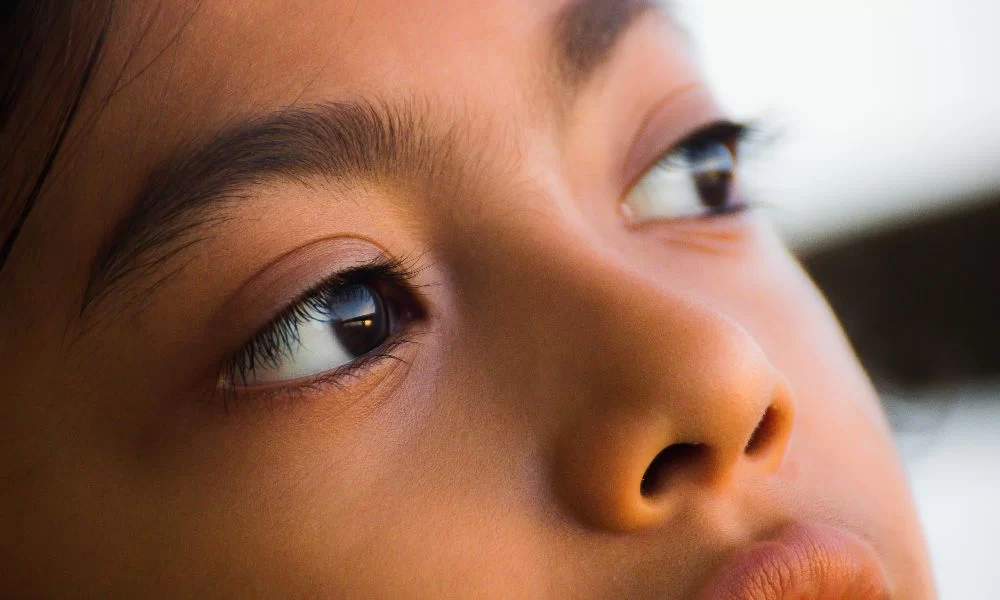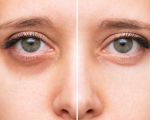
Why Protecting Your Child’s Eyes Is More Important Than You Think
As a parent, there are countless things we do to ensure our children’s well-being—healthy meals, regular doctor visits, and, of course, making sure they wear their helmets while biking. But one crucial aspect of health often gets overlooked: eye safety. Whether it’s from sports, screen time, or outdoor activities, children’s eyes are vulnerable to a variety of risks. However, by incorporating some simple habits into daily life, we can significantly reduce these risks and keep our little ones' eyes safe.
1. The Hidden Dangers: Why Children’s Eyes Are More Vulnerable
Did you know that kids are more likely to experience eye injuries than adults? This is because their eyes are still developing, making them more susceptible to damage. For instance, children’s eyes are less able to filter harmful ultraviolet (UV) light, which means they are more prone to the long-term damage that UV rays can cause. Add to this the fact that children tend to be more active and adventurous, often playing sports or engaging in outdoor activities that could put their eyes at risk. It’s essential to understand these risks and know how to protect them.
2. The Importance of Regular Eye Exams
One of the best ways to ensure your child’s eyes remain healthy is through regular eye exams. These exams help detect potential problems early on, such as nearsightedness or farsightedness, and even more serious conditions like amblyopia or strabismus. Many parents don’t realize that children as young as 6 months old should have their first eye exam, and it’s recommended that they get checked at least once every two years thereafter. The earlier eye problems are detected, the easier they are to treat, ensuring that your child’s vision remains clear throughout their life.
3. Eye Protection for Sports and Outdoor Activities
It’s no surprise that sports can be a major cause of eye injuries. In fact, according to the American Academy of Ophthalmology, over 40,000 eye injuries occur every year in children under the age of 18 due to sports-related activities. Whether it’s a soccer ball to the face or a stray hockey puck, these accidents can result in anything from scratches to more severe injuries like retinal detachment or corneal abrasions.
To protect your child’s eyes during sports, always make sure they are wearing the proper safety gear. For example, goggles or face shields should be worn when playing basketball, soccer, or baseball. Sports glasses with polycarbonate lenses are also a great option, as they’re impact-resistant and provide protection without compromising vision. Remember, eye protection is essential for both recreational and competitive sports—don’t skip it, even if it’s just a casual game with friends!
4. Protecting Your Child’s Eyes from the Sun
While most of us remember to slather sunscreen on our kids before heading outside, we often forget about their eyes. UV rays from the sun can cause significant harm to children’s eyes, especially since their eyes are more sensitive to light than adults’ eyes. Prolonged exposure to UV rays can increase the risk of cataracts, macular degeneration, and other serious eye conditions later in life.
To protect your child’s eyes from UV damage, invest in a good pair of sunglasses that block 100% of UVA and UVB rays. Look for sunglasses specifically designed for children, as they will be more comfortable and durable. And don’t forget about hats—wide-brimmed hats or caps can provide extra shade and reduce direct sunlight exposure to your child’s eyes.
5. Managing Screen Time to Prevent Eye Strain
In today’s digital age, screens are a constant part of our children’s lives. Whether it’s for school, entertainment, or socializing, kids spend a lot of time looking at phones, tablets, and computers. However, extended screen time can lead to a range of eye problems, including digital eye strain, dry eyes, and headaches. This condition, often called “computer vision syndrome,” can be particularly troublesome for children who are still developing their visual skills.
To mitigate the effects of screen time on your child’s eyes, try the 20-20-20 rule: for every 20 minutes spent in front of a screen, encourage your child to take a 20-second break and look at something 20 feet away. Also, make sure that their screen is positioned at eye level to reduce strain on their neck and eyes. Regular breaks and proper screen setup can help prevent long-term eye discomfort.
6. The Importance of a Healthy Diet for Eye Health
What your child eats can have a profound impact on their eye health. A diet rich in fruits, vegetables, and whole grains provides essential nutrients that support healthy vision. Foods like carrots, spinach, and kale are packed with vitamin A and other antioxidants that protect the eyes from damage. Omega-3 fatty acids, found in fish like salmon, can also help prevent dry eyes and maintain proper eye function.
Encourage your child to eat a variety of colorful fruits and vegetables to ensure they get the necessary nutrients for strong, healthy eyes. A healthy diet, combined with regular eye exams and protective habits, can go a long way in maintaining your child’s vision.
7. Teaching Your Kids About Eye Safety
As much as we might try to protect our children from harm, we can’t always be there to watch over them. That’s why it’s crucial to teach your kids about eye safety. Explain to them why wearing protective eyewear during sports or outdoor activities is important, and make it a habit. Set a good example by wearing sunglasses and protecting your own eyes when outdoors.
By instilling these habits early on, you’ll help your child develop a lifetime of good eye care practices that will serve them well in the future.
8. Know When to Seek Medical Help
Finally, it’s important to know when to seek medical attention for your child’s eyes. If your child experiences any sudden vision changes, discomfort, or eye injuries, don’t wait to get them checked out. Even minor issues can lead to more serious problems if left untreated. If your child complains of eye pain, has difficulty seeing, or suffers from an eye injury, schedule an appointment with an eye care professional as soon as possible.
Ensuring your child’s eyes are safe and healthy is not just about preventing injury—it’s about setting them up for a future of clear vision and optimal health. By incorporating these eye safety tips into your daily routine, you can help safeguard your child’s eyesight for years to come.








